How to live off the grid: an complete guide
How To Live Off The Grid: An Complete Guide
Ever feel like the modern pressures of day-to-day life are too much? Sick of paying absorbent energy bills, being multiple steps removed from the food process, or hearing sirens in the middle of the night?
For these reasons (and so many more) hundreds of thousands of Americans are choosing to create a life off-grid. They’re forgoing modern conveniences for the simple life even if it’s against the grain.
Aside from saving money, living off the grid affords you the opportunity to set aside distractions and reconnect to a more primitive way of life–whether that’s through homesteading or hitting the road in a self-contained RV.
What Does “Off-Grid” Mean?
When we talk about “the grid” we’re referring to the electrical grid that takes energy from producers and transfers it to consumers. Being off-grid removes consumers from the cycle, and traditionally means you’re using an alternative source for energy. In modern terms, living off-grid usually means you’re disconnected from one or more municipal resources: water, sewage, electric, etc.
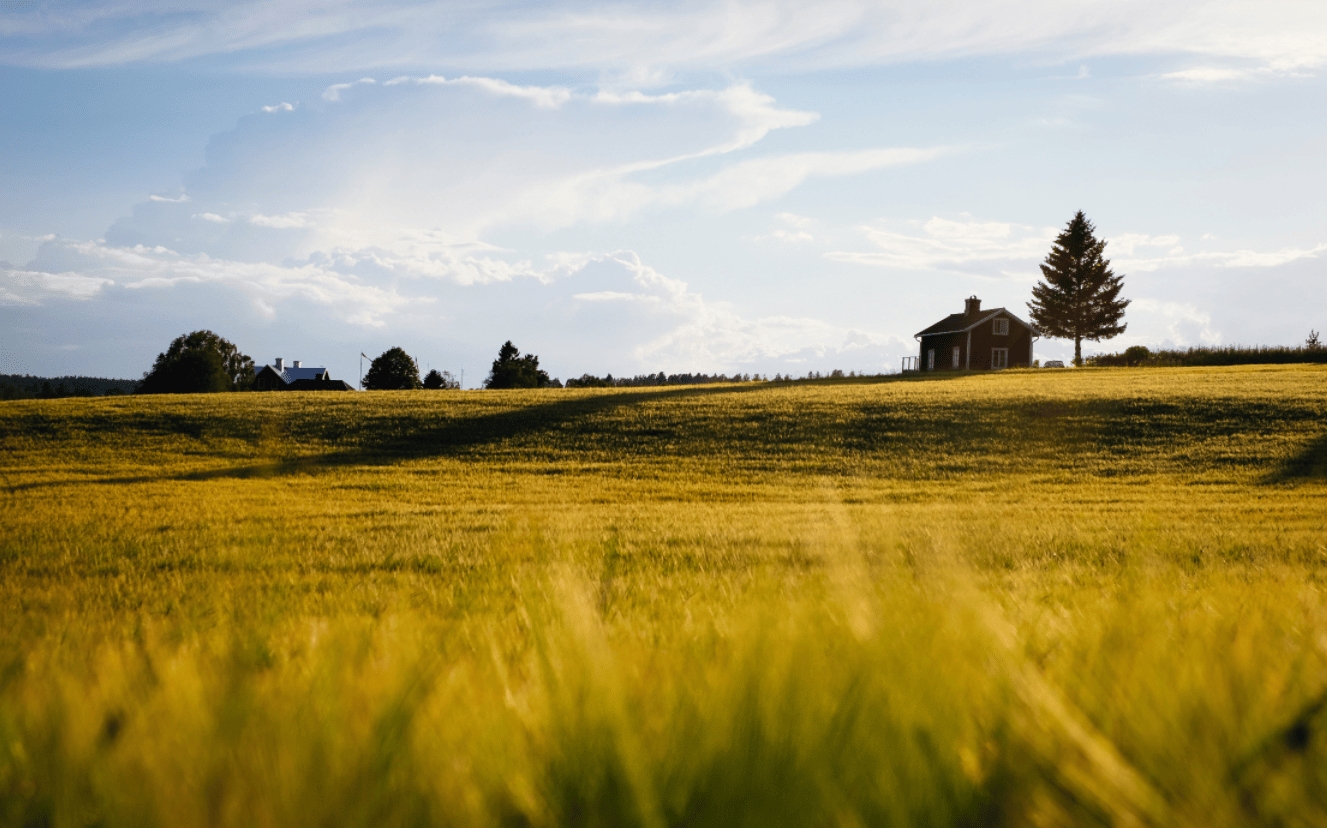
Photo by Arno Smit on Unsplash
Do you have to own a plot of land to be off-grid? No! In fact, since the vanlife and tiny living movement took root, thousands of Americans live in homes on wheels from teardrop trailers to fifth wheels to full-size motorhomes. While those who travel and live off-grid have a way to connect to shore power or sewage, they can also be self-sustaining through the use of generators or by installing a complete solar setup for their RV.
Logistics of Living Off The Grid
There are a few things to keep in mind when planning your move away from the grid. When deciding to plant off-grid roots, take into consideration your county’s building codes and regulations. In some areas it’s illegal to live off grid, and it’s extremely important to consider legal precautions.
If you must connect to the grid from a plot of land, there are federal programs in place to earn tax credits for solar. As with anything, there are uphill battles you might have to face, but with enough research and education, you can educate yourself and find the best option for you and your family.
When living off-grid in a vehicle, the greatest consideration will be parking. Will you park long-term or short term? How often will you travel? Many campgrounds offer monthly rates to individuals extending their stay. For those looking for a true off-grid experience, there’s currently 640 million acres of public land in the US (mostly concentrated in the American West), beckoning explorers of all ages to claim for up to 14 days at a time.
Septic and Plumbing
To create a 100% off-grid system, disconnecting from all municipal resources means creating your own plumbing or septic system. Composting toilets are rising in popularity with their dual purpose as both a way to dispose and reuse waste, and they require fewer resources.
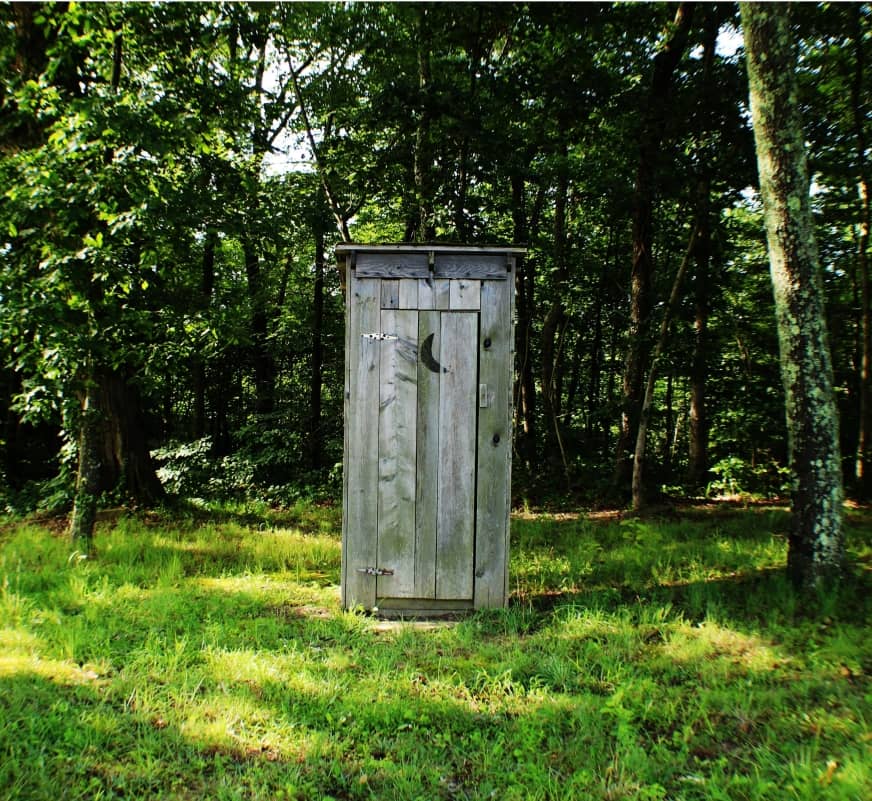
Septic vs. Composting
Septic Systems: Require more know-how. A septic system must connect to a water source, and once the septic tank fills, a service needs to come out to empty the tank in time, otherwise the waste can back up and cause quite a problem. Septic systems range between $2,000-$10,000, so they’re affordable, but tricky.
Composting toilets: It might be hard to work through the “humanure” aspect of composting toilets, but hear us out: until about 400 years ago, mankind used human waste to fertilize crops. In China specifically, they collected “ night soil” to create compost for nearby farms until the 1960s. Because we’re now so far removed, the process makes many of us scrunch up our noses, but really, it’s no different from using manure made from cows.
Composting toilets can be complex or simplistic. Manufacturers have come up with a variety of options like the Separette, but if you’re looking for a cheap DIY version, a simple 5-gallon bucket, some plywood, and a toilet seat will do the trick.
Solar Power
We’re obviously pretty psyched about all things solar. Setting up a solar system on an off-grid home is time-consuming, but doable. It’s important to know your energy consumption before getting started. If you’re still living on the grid, you can look at your monthly electric bill to determine your monthly energy consumption.
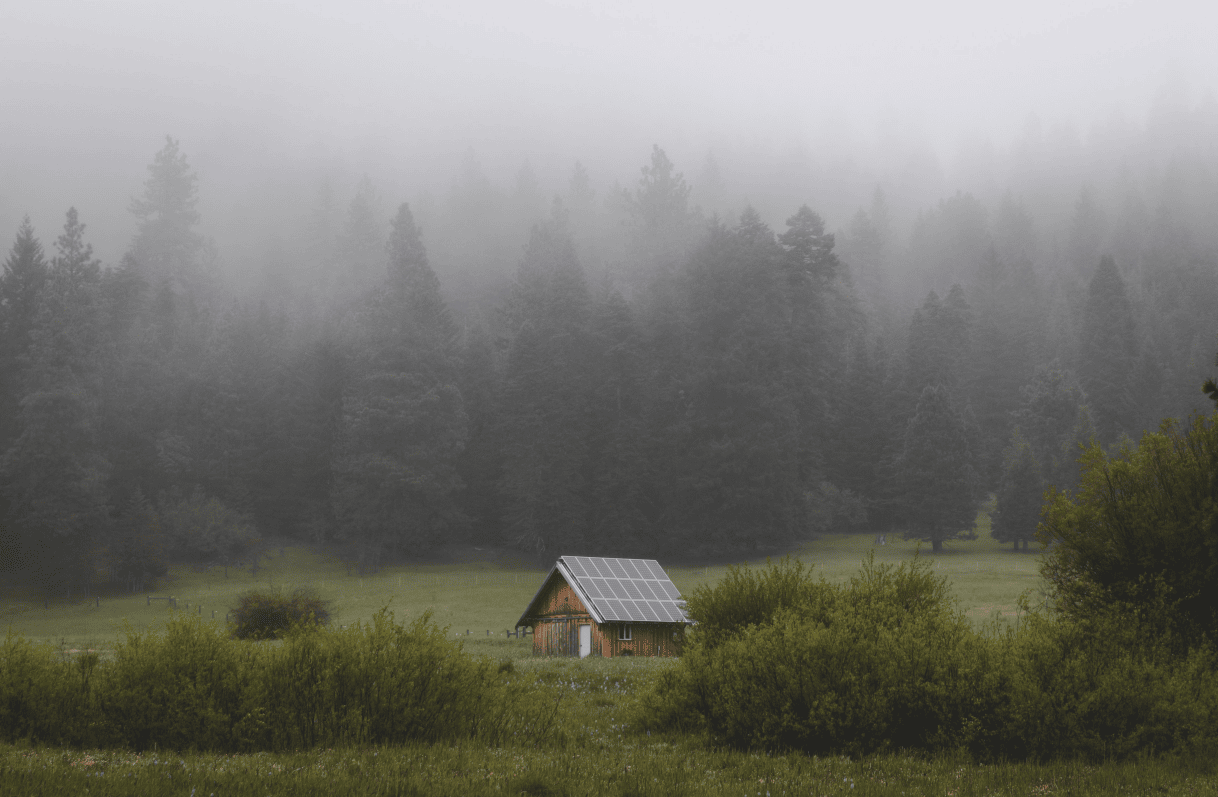
hoto by Alex Bierwagen on Unsplash
When severely reducing your electrical output, calculations are necessary to determine the size of system to install on your off-grid house or RV. Check out our system sizing guidelines to figure out how many amp hours and panels are needed in your setup
Solar remains the power source of choice for many who live off-grid because of the sun’s reliability. While wind and water are options for natural energy, wind is inconsistent and water dries up. Renogy can give you the confidence to building your own off grid energy by providing quality off-grid solar products, you are free to go anywhere the sun shines. Check video below to find a one-stop solution for your off-grid project.
Water
With our bodies made up of 60% water, it’s a critical consideration for life on the road or life off the grid. For life on the road, there are many places to fill up a water jug for free like gas stations, laundromats, and local parks. Carry smaller jugs to transport water to a from your five gallon tank. Or, each time you stay at a campground load up all your containers with H2O.
For living off grid, there are multiple intensive options for water collection like solar-powered wells, wind-powered wells, and hand-crank wells. Since they’re all detail oriented and highly involved, we won’t go into the nitty gritty.
Gardening
Food tastes better after days watering, weeding, and nurturing with your own hands. Even when living on the road, it’s possible to grow vegetables and herbs in containers if you have enough space to do so.
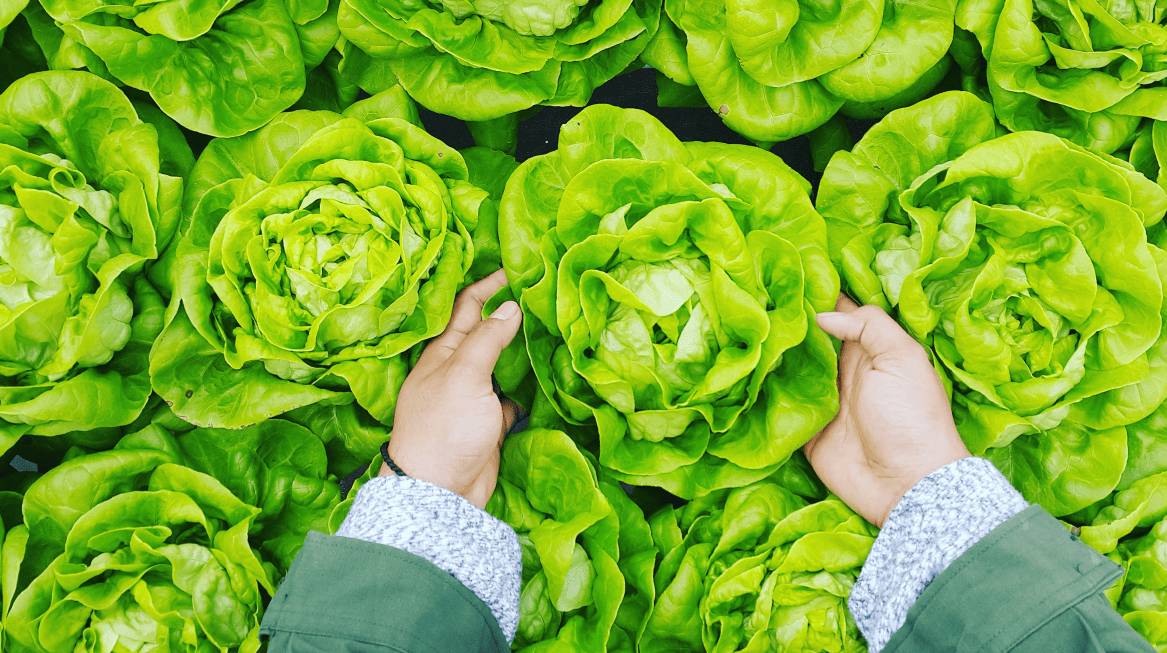
Photo by PHÚC LONG on Unsplash
If you’re dedicated to a permanent off-grid life, permaculture gardens will sustain themselves after 10 years of partner planting, perennial crops, and soil preservation. For those unfamiliar, a permaculture garden is a closed-loop garden that when planted and planned correctly will produce enough water, shelter, and nutrients for all plants to thrive without outside interference.
Once you’ve spent time tending to your food, you can preserve your food in a handful of different ways.
Food Storage
What’s the point of making your own food if you can’t preserve it before it goes bad? There are plenty of ways to store food for short or long term. Living on the road full time with limited space means there aren’t as many storage areas.
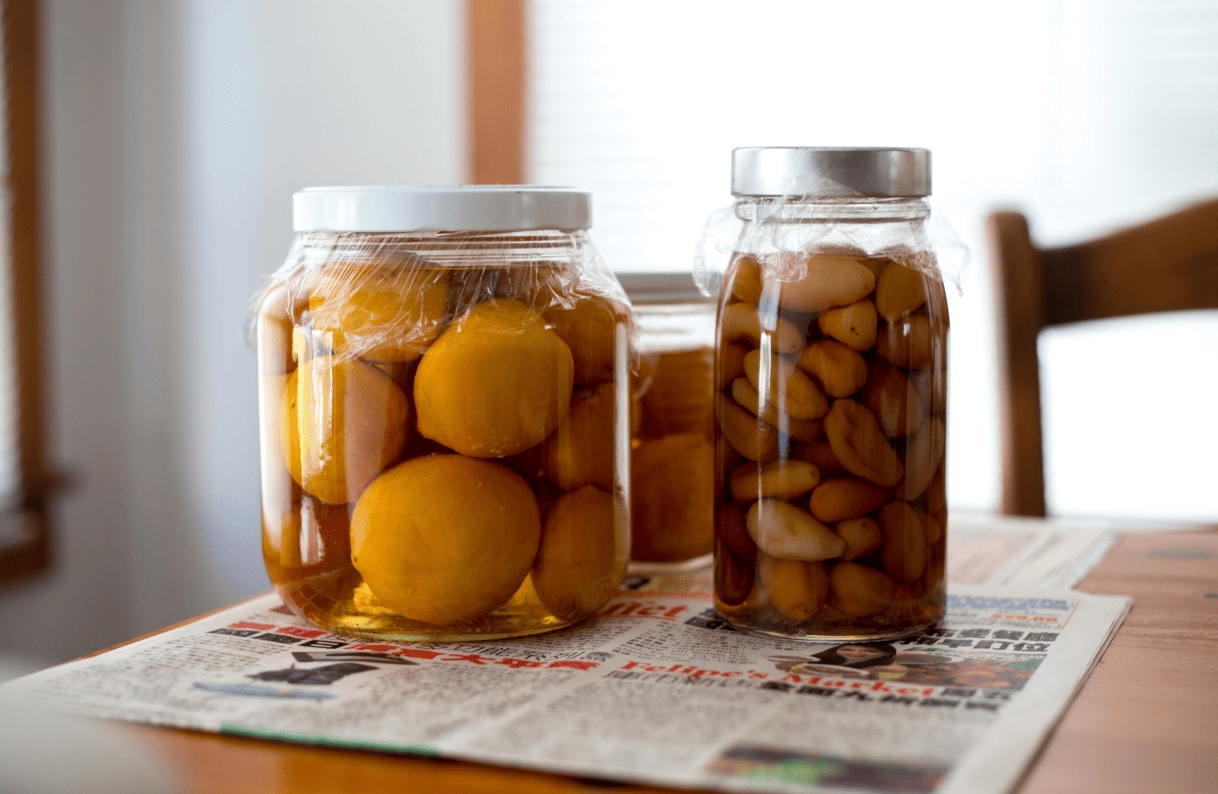
Photo by Jason Leung on Unsplash
Root Cellar
Root cellars are ideal for storing vegetables and canned food, but there are things to look out for when planning a root cellar. Some vegetables need to be stored at cooler temps and higher humidity (root vegetables), while others like onions need to be stored at lower temps and higher humidity. Look to the Farmers Almanac for instructions on building different types of root cellars.
Dehydrating
Living in a larger space like a homestead means more opportunity for full-scale food prep like dehydrating vegetables. With a full-size garden (either vegetable or permaculture), you likely won't be able to eat all your ripened food before it goes bad. Purchasing a dehydrator can help keep food for longer periods of time at a shelf-stable condition.
Canning
Canning is another great way to store food, especially fruit, salsa, and pickled vegetables. Pressure cookers are available in large quart sizes for larger operations, and once complete, canned food can be stored alongside vegetables in the root cellar so they're out of the way during long winter months.
Related Articles:
what does off the grid mean: Is It Possible To Live 100% Off-Grid
how many solar panels to power a house
how efficient are solar panels







